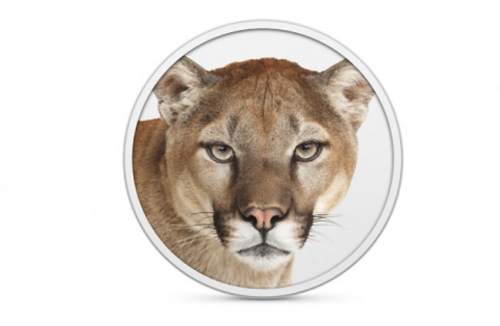I hope you are excited for the upcoming release for Mountain Lion! Apple just released the GM version to developers just two days ago. That means we can anticipate the official version coming out within the month! This is all very exciting! I’ve decided to compile a list of things that I usually do before the release of a major update for my operating system. Here it goes.

First, some things we have to consider. We can take one of two routes, either we can install the Mountain Lion update over out existing Lion install which is quick and easy and the Mac App Store makes this fairly easy. Option two involves completely wiping out hard drives, reformatting, and then installing the operating system from scratch. Why do this, you ask? The second option de-clutters your computer entirely so you are sure that it is as fast as it can possibly be within the limitations of your hardware. However, the downside is that it takes longer, requires more technical know-how, and can be frustrating depending on what you want to do. We’ll start with the easier, but less rewarding method first.
Option 1) Installing Mountain Lion over Lion using the Mac App Store.
Step 1) Over time, we accumulate a lot of random software, files, and downloads that are no longer necessary. The first thing I like to do when updating my system is clearing out my downloads folder of everything that I don’t need and only keeping the essentials. Then I like to clean up my Dropbox which houses all of my current projects and important documents. Over time, those files get messy so I like to reorganize my folder structure into something neater (which I may post later). Lastly, I like to uninstall apps that are unnecessarily cluttering my system. You can either do this by using the built-in uninstaller if the application has one, sometimes you can just remove the app from the Applications folder, or sometimes you have to get inventive and use a tool such as one of the ones listed here curtesy of Lifehacker.
Step 2) Now that all of my important files are sorted, all the clutter is gone, and the pointless apps that I have downloaded have disappeared, it is time to backup. Backing up is extremely important when installing the operating system as an update because you never know when something might break. Always take precaution and make two backups if you really don’t trust hardware. I just use Time Machine for my backups because it is built in and gets the job done (wirelessly, which I might also write about later).
Step 3) Finally, your Mac is ready to be promoted from just regular Lion to Mountain Lion. First, head on over to the Mac App Store and search for ‘Mountain Lion.’ Purchase and download the update (will set you back $20). Afterwards, the installer may prompt you telling you it is shutting down and will install the update then.
Option 2) Reformatting your hard drive and reinstalling Mountain Lion from scratch.
Step 1) Just so you know, this is my preferred option. This is because I can have a clear conscious knowing that the software on my system is from a fresh install and the older versions aren’t still clinging onto the depths of my hard drive without me knowing about it. The first thing I do here is BACKUP. This is the most important step of this process because you are wiping all of your data. Make two backups if you can and three if you are extremely paranoid and somehow have that much extra space.
Step 2) Write down a list of apps that you use on a regular basis. This step is also important because you only want to install the ones that are necessary. Don’t install that app that you used only once and it didn’t even work. Chances are you will never use that app again so there is no point in cluttering up your system again. Also, make sure you have a easily accessible copy of all of your ‘non-disposable’ data. This includes your Music, Pictures, Video, and documents. All of these things are content created/harnessed by you, the user, and replacing these items is a lot harder than re-downloading a binary installer.
Step 3) Okay here is the fun part. Pay for and download the update for Mac OS X from the Mac App Store and save it to your computer. I will post a later guide once Mountain Lion comes out about how to remove the .dmg from the file so that you can make your own installer USB key. (EDIT: Here is the guide that you have been asking for!) Shoot me an email if Mountain Lion is out and this article is not yet written. The basic idea around this is that you are trying to find the InstallESD.dmg file that was also found in the Lion update. Then, using Disk Utility, you mount the disk and load the contents onto a USB flash drive to use to install.
Step 4) After making your USB key from step number 3, you are now going to shut down your computer, insert the USB key, then reboot while holding down the Alt/Option key on your keyboard. This will allow you to boot into the USB drive. When the screen pops up, select the yellow device which represents the USB key and then follow the instructions to install Mountain Lion.
Whichever method you chose, you will inevitably end with a nice install of Mountain Lion. If you have any questions about the features in Mountain Lion or anything about this post including the process by which you can install, please leave a comment below and I will answer you as quickly and promptly as I can!
